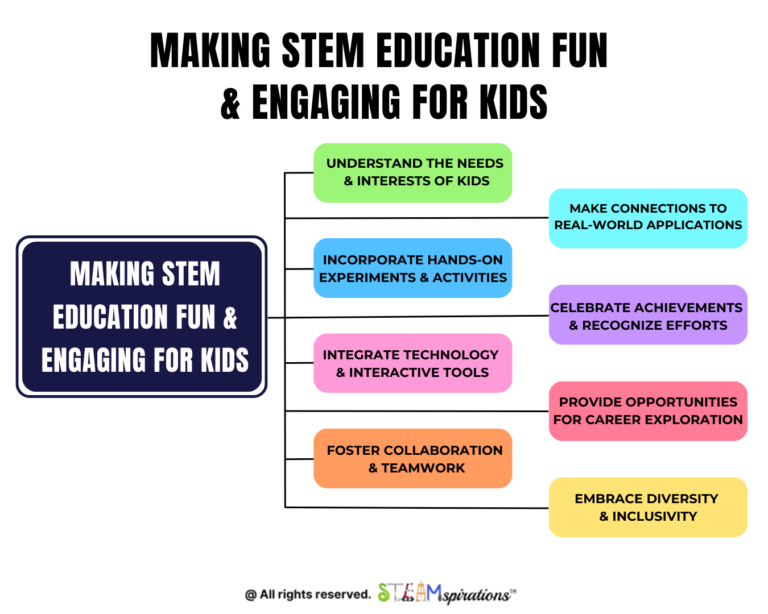As a teacher, you play a vital role in ensuring that your students are learning effectively. Monitoring their progress and adjusting your instruction accordingly is a key part of your responsibility. To help you achieve this goal, we’ve compiled a list of six useful techniques to monitor student progress.
1 Assessments
The first technique is assessments. Assessments can take many forms, including written essays, quizzes, presentations, or class discussions. They not only help gauge the proficiency and learning of the student regarding the lesson content but also measure the effectiveness of the lesson. By analyzing the data collected, you can identify areas where students are struggling and those where they are performing well.
2 Continuous Observation
Continuous observation is another technique to monitor student progress. By observing the classroom and the engagement of the students with the lesson, you can check the effectiveness of the lesson. Take note of what questions are being asked, and if the students show signs of confusion or excitement. Regularly engaging in active observation will help you collect valuable data to make better adjustments to the lesson or instructions.
3 Entrance and Exit Tickets
Entrance and exit tickets are quick assessments that are given at the beginning and end of a lesson to gauge student understanding. For instance, you could ask students to write down what they already know about fractions at the beginning of a lesson on fractions. At the end of the lesson, you could ask students to write down what they learned. This technique allows you to quickly see if your lesson was effective in teaching the core concepts.
4 Student Reflection
Student reflection is another powerful technique to monitor student progress. In this technique, you give the students a self-assessment task to reflect on their learning and identify areas where they need additional support. For example, after a group project, you could ask each student to reflect on their participation and identify what they did well and what they could improve on. This technique allows students to self-assess their learning and provides you with valuable feedback.
5 Regular Revision
Revising what has already been taught is another technique to monitor student progress. This involves going back to previously learned concepts and revisiting them to ensure that students have retained the information. For example, if you are teaching a unit on the Civil War, you could periodically ask students questions about events that occurred earlier in the lesson. This technique allows you to reinforce important concepts and catch any misunderstandings before they become bigger issues.
6 Summarizing
Finally, summarizing is another effective technique. This involves asking students to summarize what they have learned at the end of a lesson or unit. For instance, after a unit on the human body, you could ask students to create a graphic organizer that summarizes the major organs and their functions. This technique allows students to synthesize their learning and ensures that they have a clear understanding of the concepts.
By monitoring student progress and adjusting instruction accordingly, you can ensure that effective learning and expectations are met in the learning space. Use these six techniques to help you monitor your students’ progress and make adjustments to your instruction for better outcomes.
About the Author
John Lara is one of the founders of STEAMspirations and is also a school administrator with a passion for implementing research-based best practices in education. John has a diverse educational background which includes a Masters in Interdisciplinary Studies from Western New Mexico University and is working on a Ph.D. in Psychology, in Cognition & Instruction from Grand Canyon University in Phoenix, AZ.

